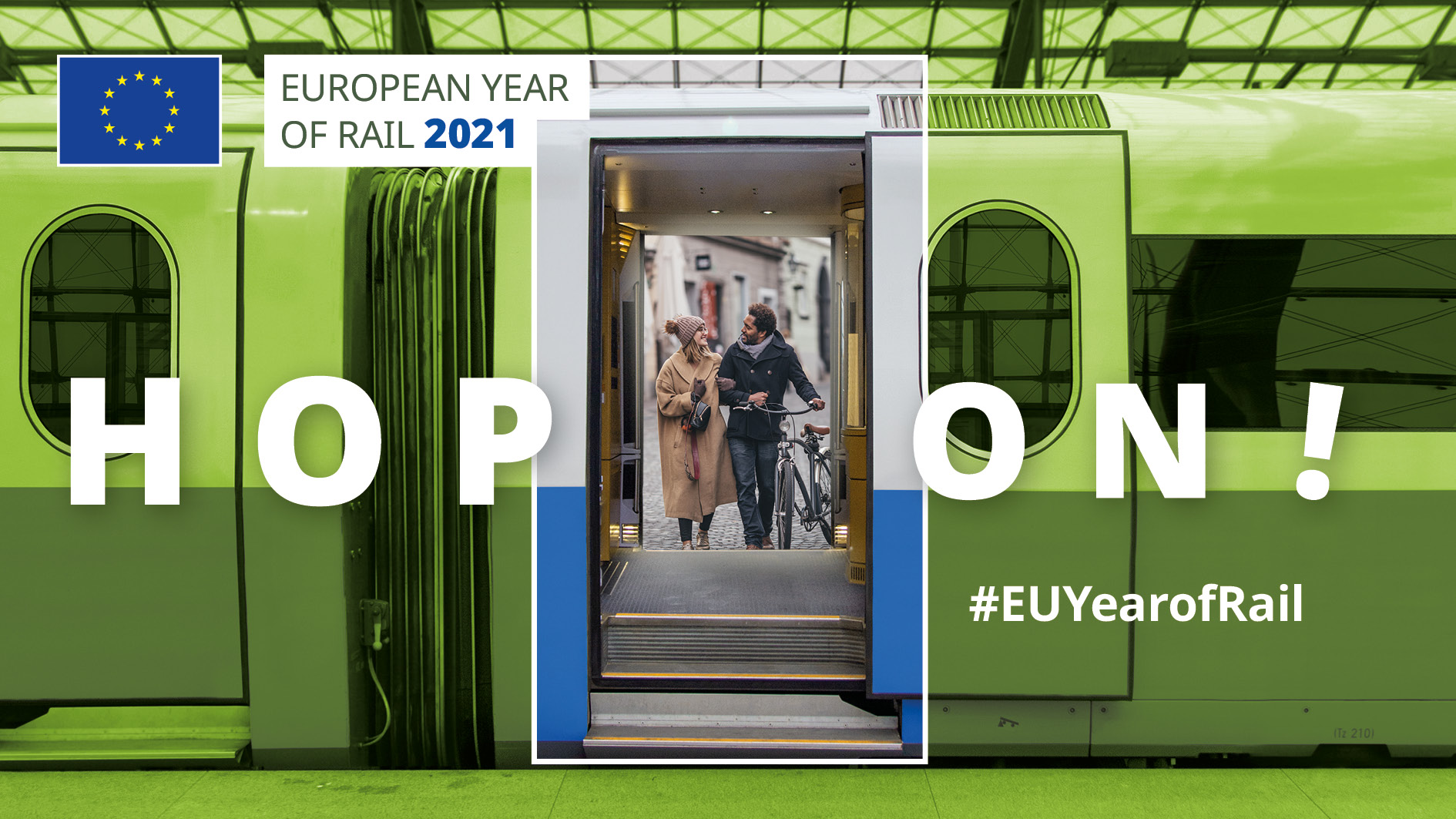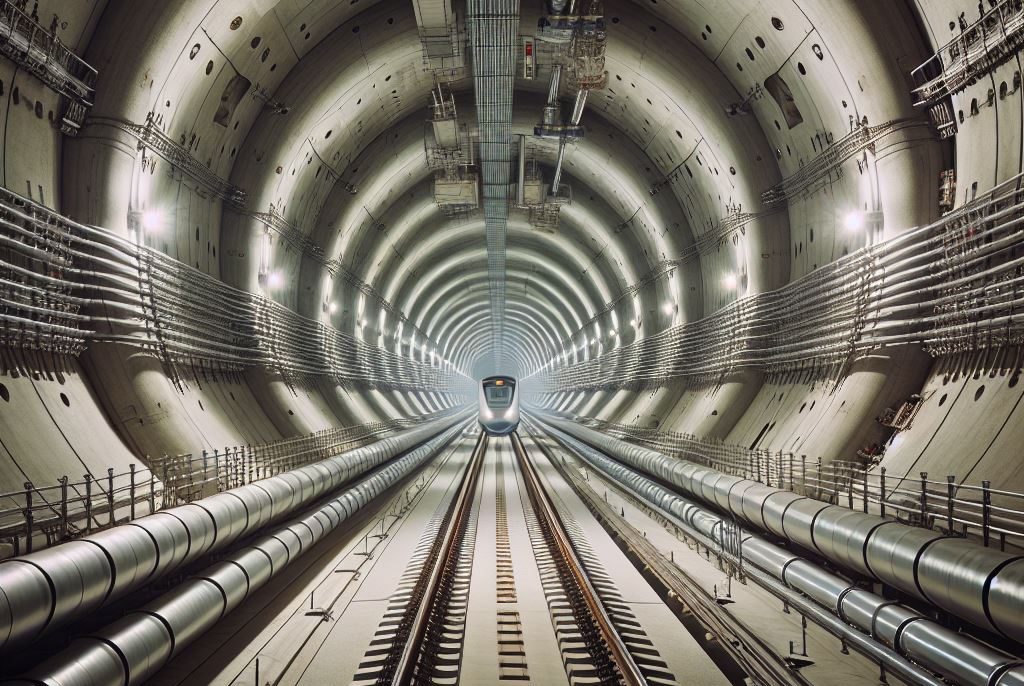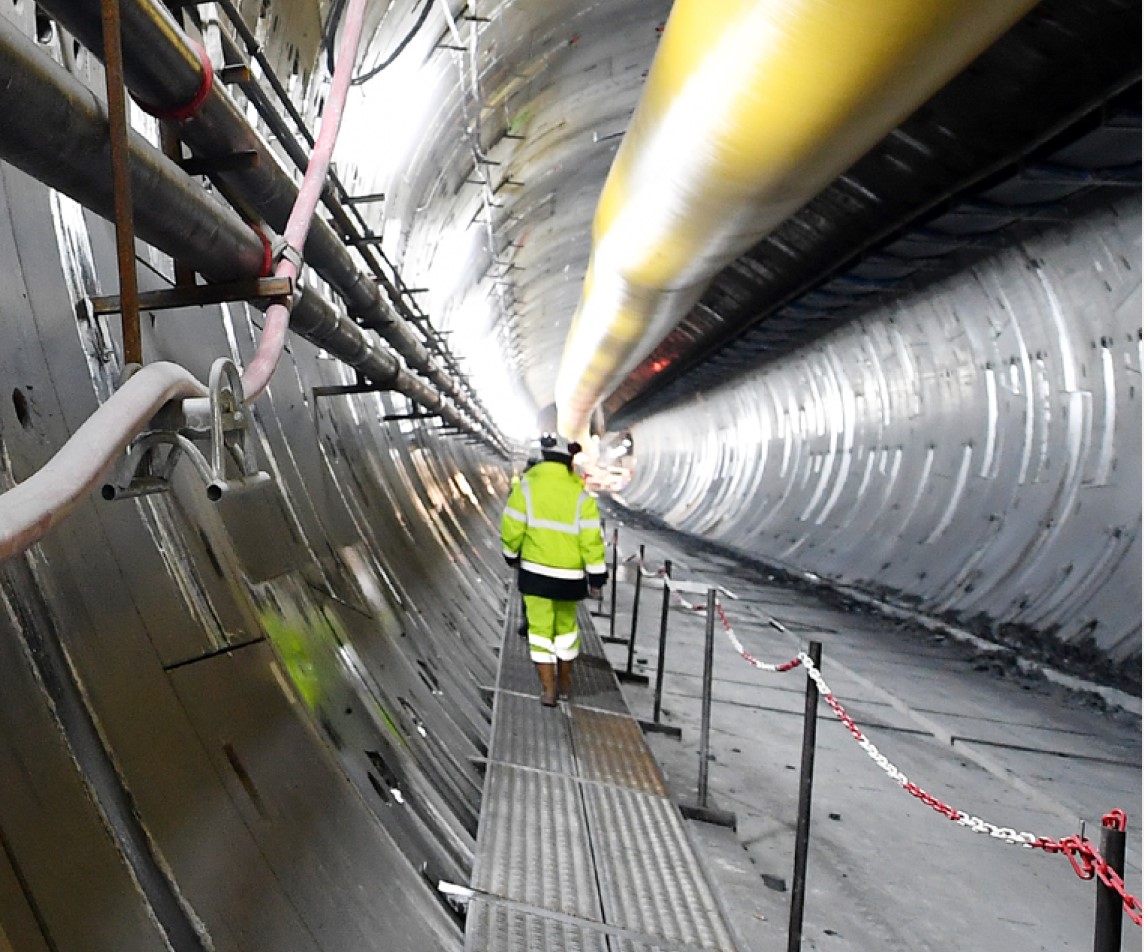The European Year of Rail officially kicked off on 29 March 2021 with an event on the eve of the informal meeting of transport ministers focusing on ways to accelerate the modal shift to rail.
The Connecting Europe Express
One of the initiatives presented was the Connecting Europe Express: the train that will cross the European Union from September, stopping in Europe’s main capitals to promote the many advantages of rail transport for passengers, goods and the environment.
According to Adina Vălean, EU Commissioner for Transport:
“The Connecting Europe Express will be a real, tangible example of the power of rail to connect. At each of the almost 40 stops, events will bring together the rail sector at large, as well as civil society organisations, local and regional authorities, and the wider public, to discuss the benefits of rail, as well as what still has to be done so that rail can become the number one option for passengers and business.”.
Objectives
The aim is to raise awareness of the benefits of using and implementing clean modes of transport and to emphasise the importance of financing sustainable infrastructure. For this reason, Europe has been focusing on investments in the sector for several years and the new Connecting Europe Facility (CEF) is worth €33.7 billion in the next EU budget for 2021-2027.
The objectives include doubling rail freight transport and tripling high-speed passenger transport by 2050. The EU’s trans-European transport network (TEN-T) plays a central role in this.
Sustainable and safe mobility
Figures show that transport alone accounts for 25% of greenhouse gas emissions in the EU. However, rail is responsible for less than 0.5% and is the only mode of transport that has significantly reduced its emissions compared to 1990 levels. Despite these strengths, only 7% of passengers and around 11% of freight travel by rail.
2021 will also be the first year of full implementation of the 4th railway package and will therefore represent a major step towards the Single European Railway Area: a more efficient European rail network allowing seamless cross-border mobility.



